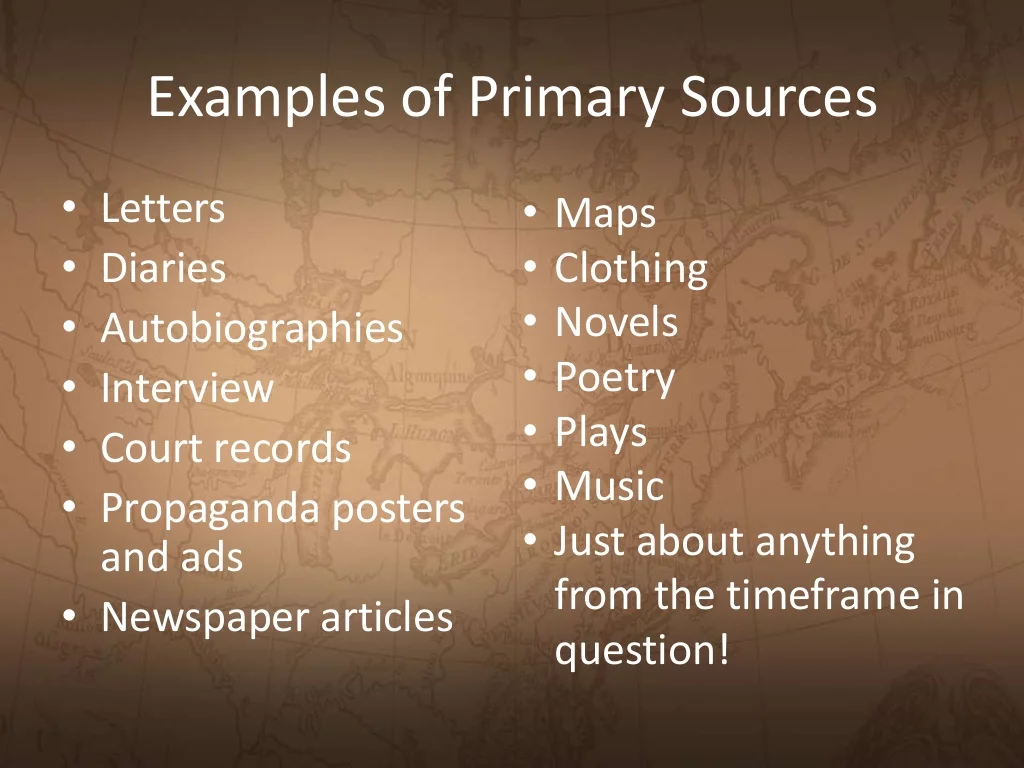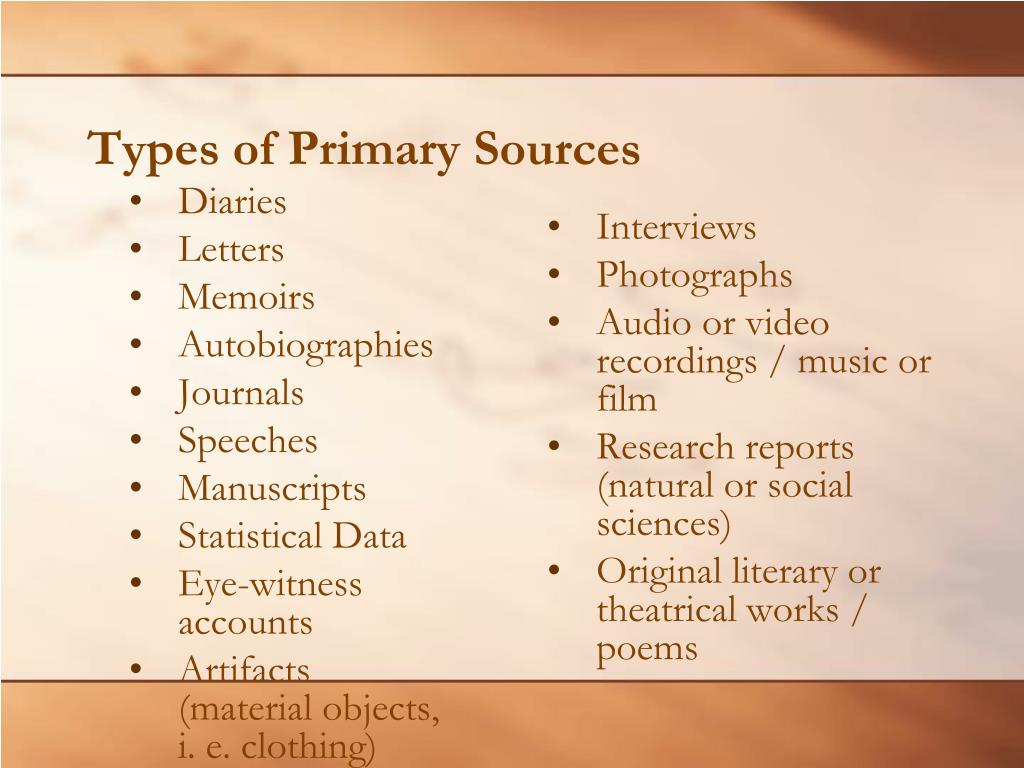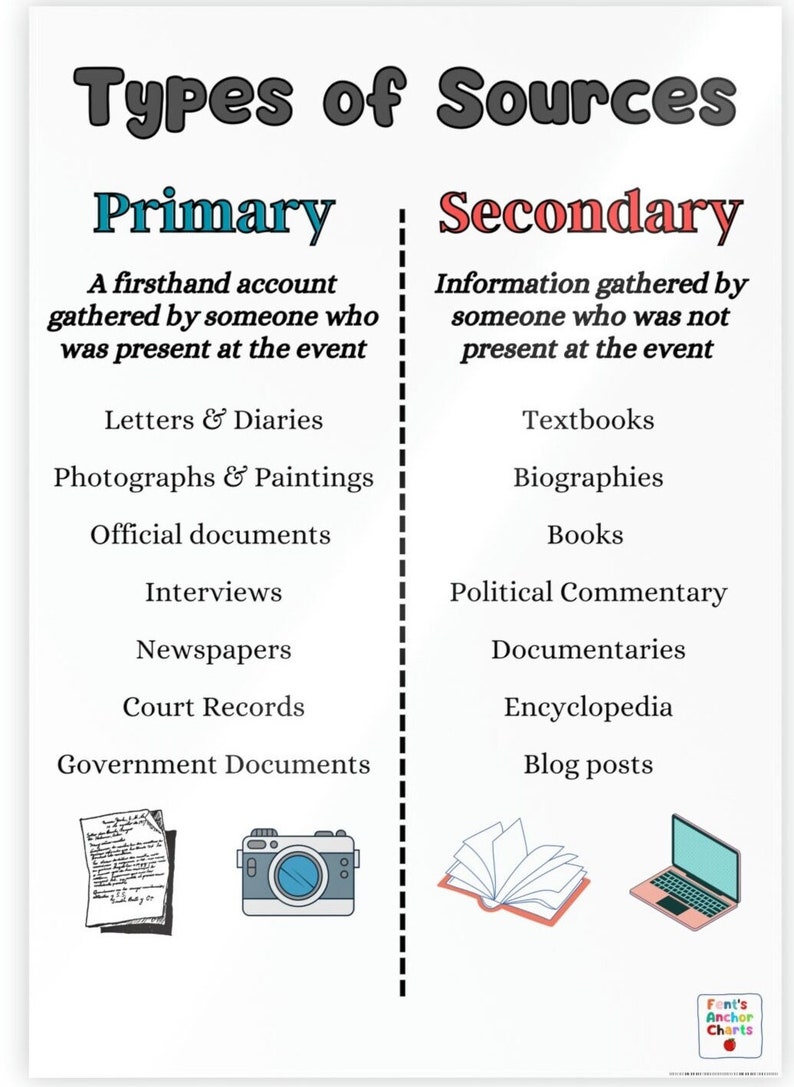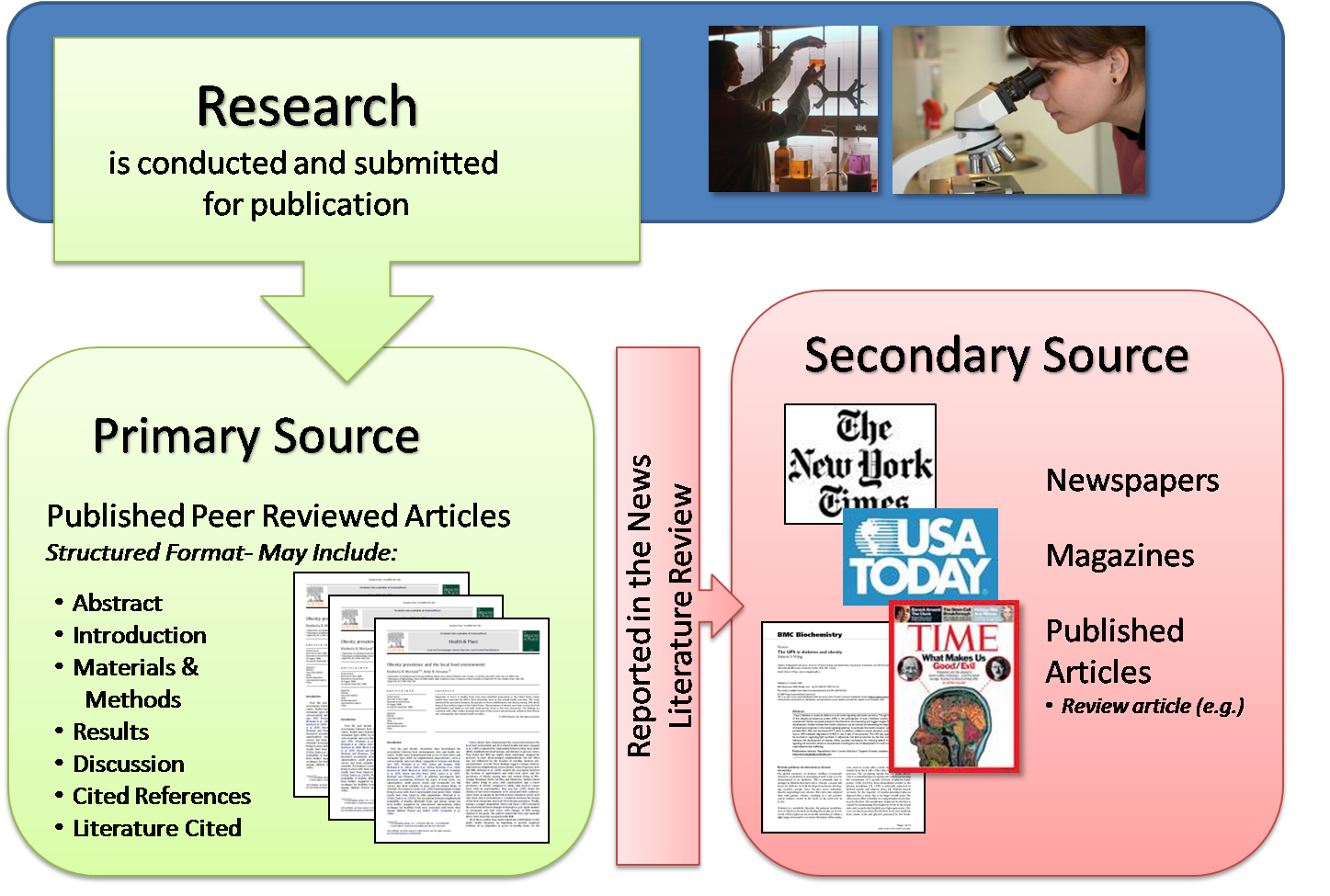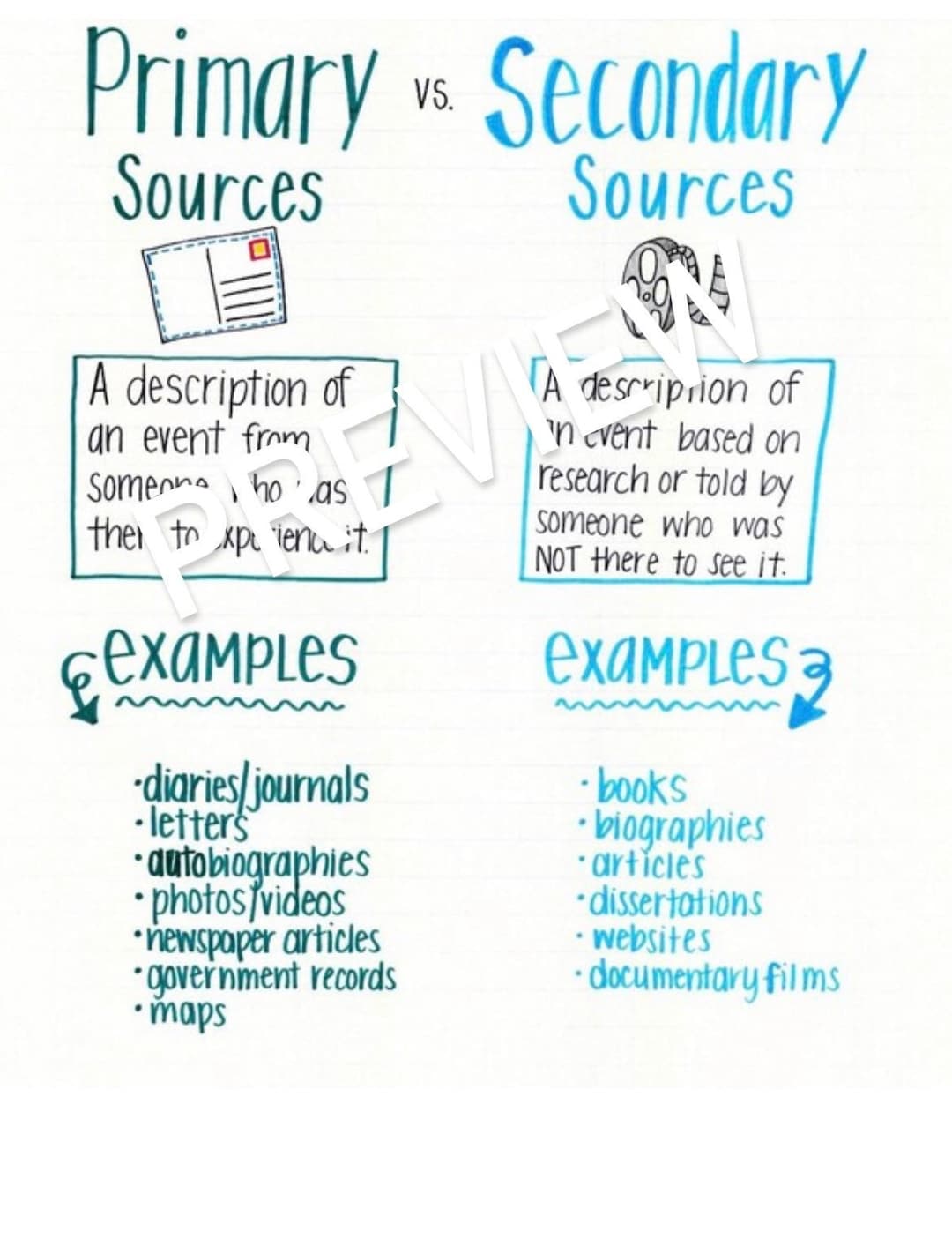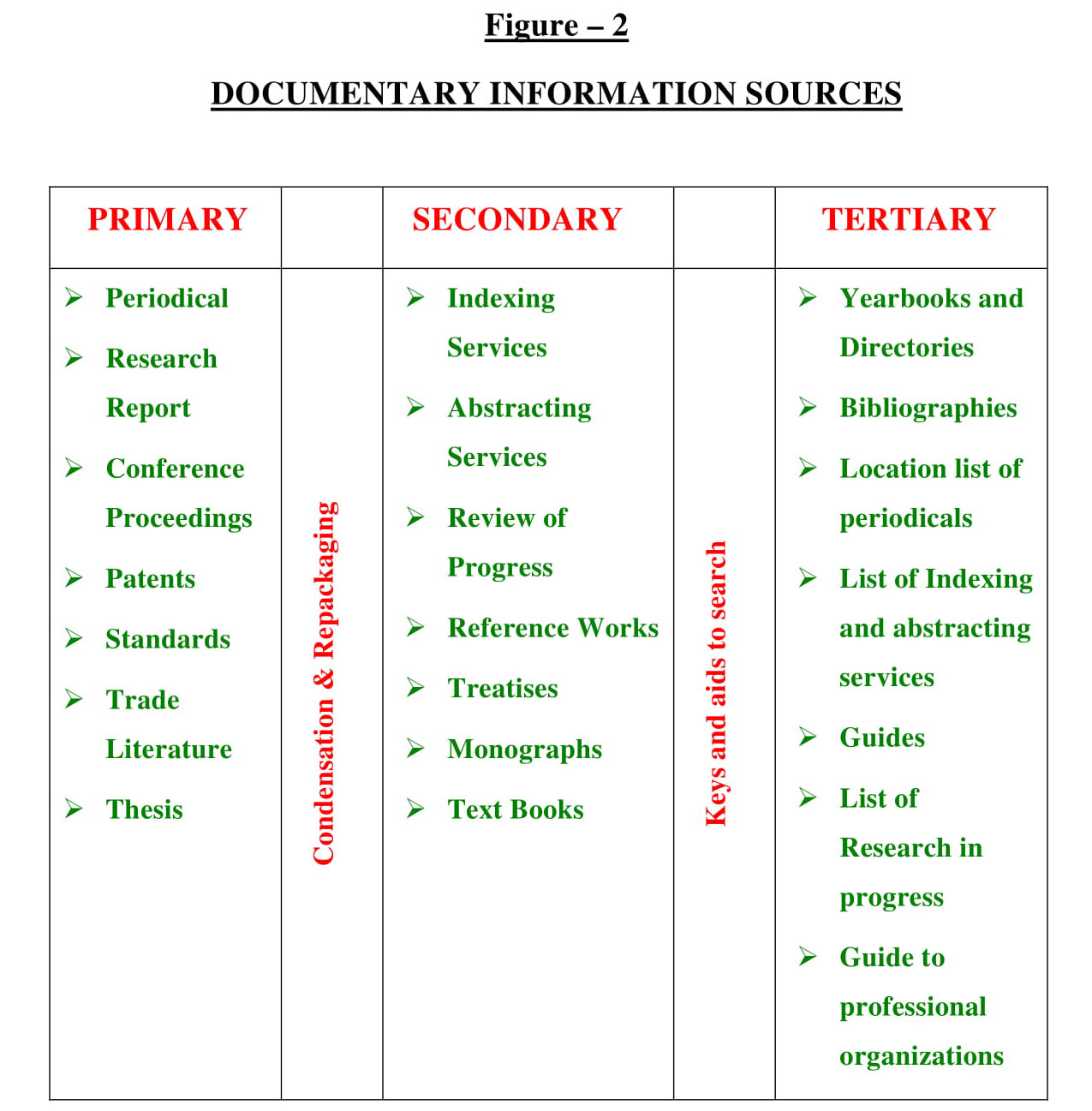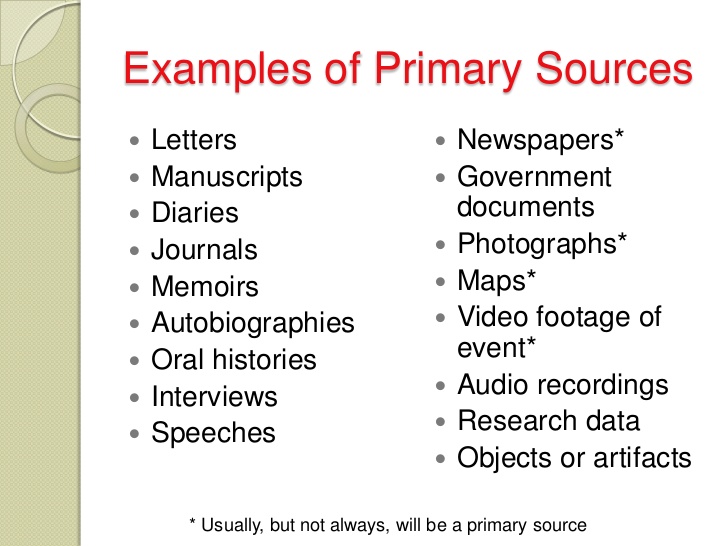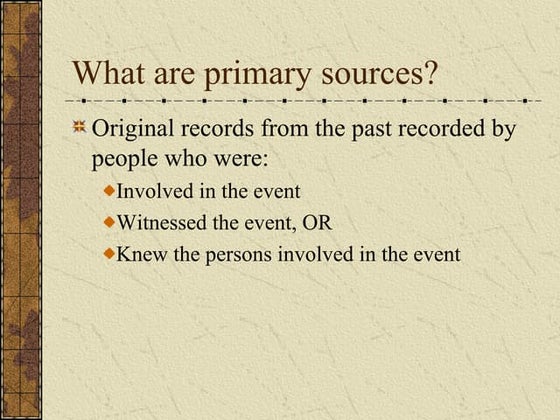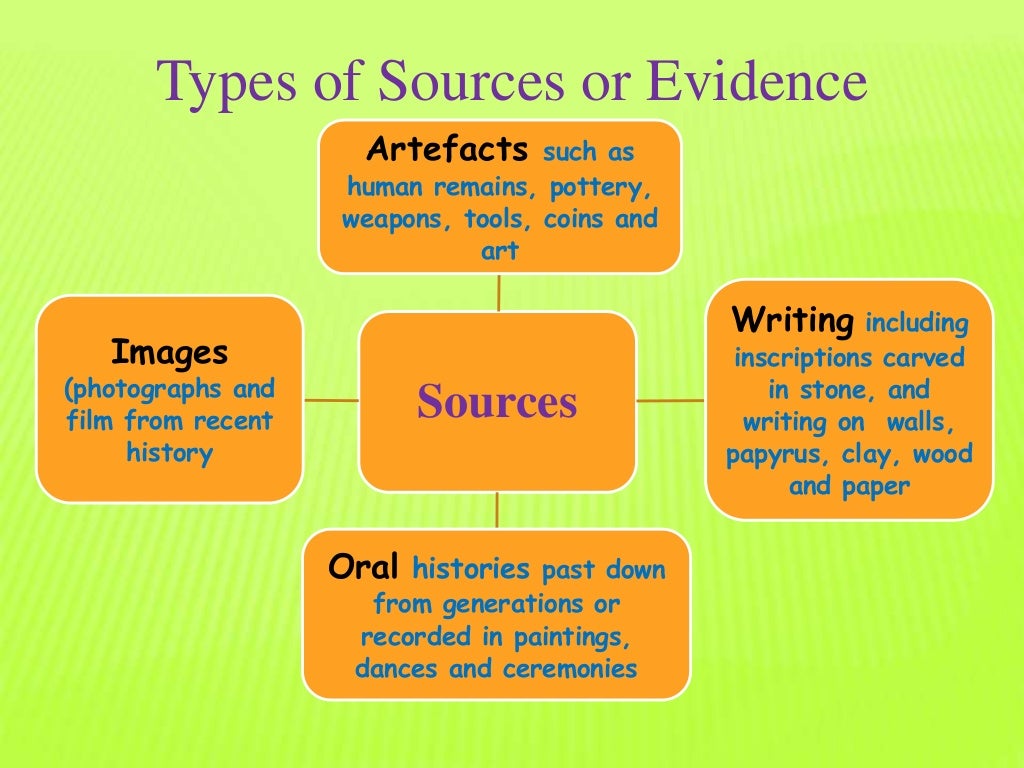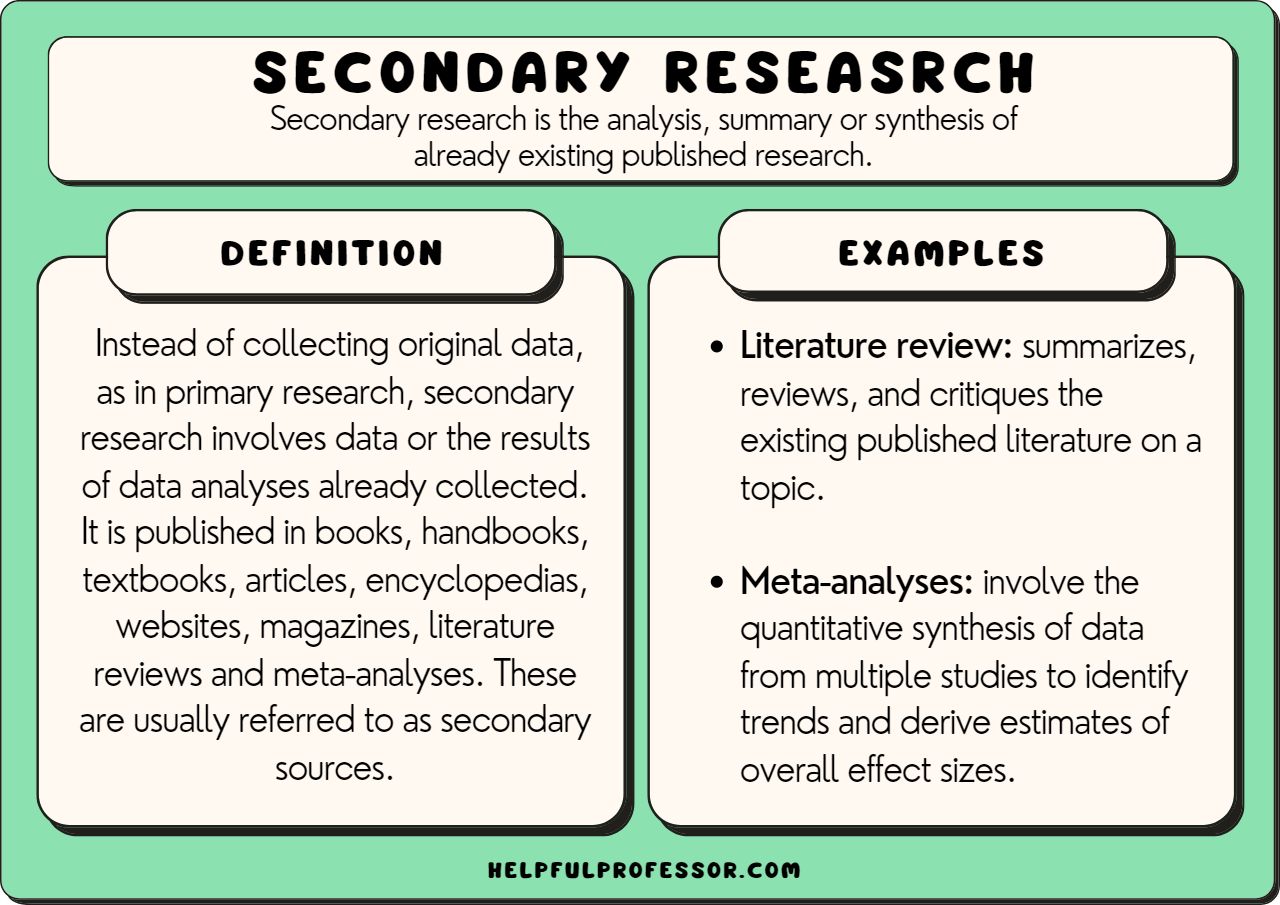Which Of The Following Is Not A Primary Source
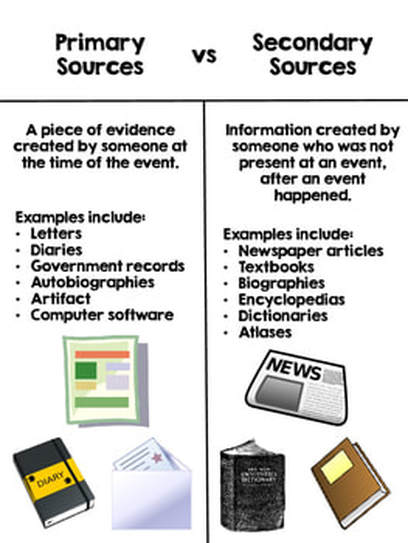
Confusion reigns as educators and students grapple with the definition of primary sources. A widespread misunderstanding threatens academic integrity and research accuracy across institutions.
The core issue centers around identifying materials that provide firsthand accounts versus those offering secondary analysis. Failing to distinguish between them can lead to flawed research and misinterpretations of historical events.
The Defining Question: Primary vs. Secondary
The debate boils down to a single question: Which of the following is NOT a primary source? Common options include diaries, letters, photographs, newspaper articles reporting on events as they happened, and textbooks.
Understanding Primary Sources
Primary sources are original materials created during the time period being studied. These offer direct, uninterpreted evidence concerning an event or topic.
Examples include personal journals from World War II soldiers, original drafts of the Declaration of Independence, or photographs taken during the Civil Rights Movement.
These sources provide immediate insights into the perspectives, experiences, and context of the period.
Identifying Secondary Sources
Secondary sources, conversely, are interpretations and analyses of primary sources. They offer commentary, summaries, or evaluations of original materials.
Textbooks, biographies, documentaries, and scholarly articles that analyze historical events fall under this category. A textbook about the Civil War is a secondary source.
They offer context and interpretation but lack the direct, unmediated evidence found in primary sources.
The Culprit: Textbooks
In the multiple-choice scenario, the correct answer is typically a textbook. This is because textbooks compile information from numerous primary and secondary sources to provide a broad overview of a subject.
While valuable for learning, they present information through a filter of interpretation and analysis. They are not original, firsthand accounts.
Therefore, textbooks inherently serve as secondary rather than primary resources.
Expert Opinions and Research Findings
Dr. Eleanor Vance, a history professor at Harvard University, emphasizes the importance of source evaluation. "Students must critically assess all sources, understanding their origins and biases," she states.
According to a recent survey conducted by the National Archives and Records Administration, nearly 40% of college freshmen struggle to differentiate between primary and secondary sources. This highlights a significant gap in educational preparedness.
The survey also revealed that misidentification is more prevalent among students who rely solely on online search engines without critical evaluation skills.
The Impact of Misidentification
Misidentifying sources can lead to inaccurate research findings and flawed conclusions. Imagine using a textbook's interpretation of a historical event as direct evidence without examining the original source materials.
This can result in a distorted understanding of the past and perpetuate misinformation. Accurate research depends on using both primary and secondary sources appropriately.
The incorrect use of secondary sources as primary sources undermines the research process and can lead to skewed results.
Combating the Confusion
Educational institutions are implementing strategies to address this growing problem. These initiatives include workshops on source evaluation and increased emphasis on primary source analysis in curriculum design.
Libraries are also playing a crucial role by providing accessible databases of digitized primary sources. These resources enable students to engage directly with original materials.
Faculty training programs are being implemented to better equip educators with the skills to teach source literacy effectively.
Next Steps and Ongoing Developments
The American Historical Association is developing a standardized curriculum for primary source literacy. This curriculum aims to provide clear guidelines for educators across the country.
Further research is needed to understand the underlying causes of source misidentification. This research will inform future interventions and educational strategies.
Ongoing efforts will focus on empowering students with the critical thinking skills necessary for responsible research and accurate historical understanding.
